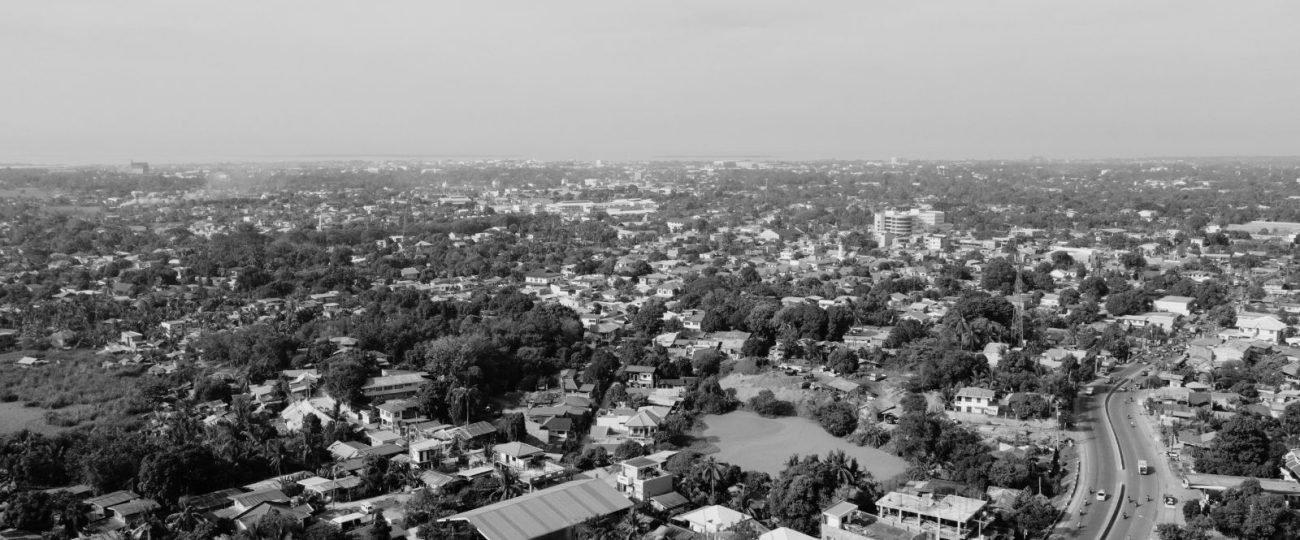What Happened On December 4th?
On December 4, 2012, Typhoon Pablo (internationally known as Bopha) struck the Philippines with unprecedented ferocity, leaving devastation across Mindanao. With winds surpassing 175 mph, the typhoon flattened homes, uprooted trees, and engulfed entire communities in storm surges. Coastal towns like Baganga and Cateel bore the brunt of the destruction, as relentless rains and powerful winds reduced entire neighborhoods to rubble.
In Compostela Valley, heavy rainfall triggered catastrophic landslides that buried villages under layers of mud and debris. Residents scrambled to rooftops and trees to escape rising waters, while rivers overflowed, sweeping away bridges and homes. A landslide in New Bataan destroyed an elementary school serving as a shelter, killing everyone inside. Flash floods carried bodies miles downstream, underscoring the storm’s devastating power and reach.
The typhoon destroyed vital infrastructure across the region. Roads became impassable as floodwaters and fallen debris blocked access, cutting off entire barangays from aid. Bridges collapsed, leaving rescue teams unable to reach isolated areas for days. Displaced families crowded into makeshift shelters, struggling with a shortage of food, clean water, and medical supplies. Helicopters delivered emergency rations to remote areas, but the overwhelming need far exceeded available resources.
Typhoon Pablo claimed over 1,900 lives and displaced thousands more, becoming one of the deadliest storms in Philippine history. Its power shocked residents of Mindanao, a region long considered safe from typhoons of such intensity. Classified as a Category 5 super typhoon, it became the southernmost storm of its kind ever recorded in the Western Pacific. Its late-season arrival challenged assumptions about weather patterns, leaving communities unprepared for its magnitude.
Human activity exacerbated the destruction. Decades of logging and mining in Compostela Valley destabilized the terrain, making mountainsides more prone to collapse under heavy rains. Torrential downpours transformed slopes into torrents of mud and rock, engulfing entire barangays in minutes. Residents described the speed and scale of the destruction, with some witnessing hillsides crumbling into valleys before their eyes. Many people ignored evacuation warnings and underestimated the storm’s severity based on past experiences with less intense typhoons.
The storm obliterated livelihoods in addition to homes. Rice paddies lay submerged under floodwaters, coconut plantations were wiped out, and fishing villages lost their boats and nets. Thousands of livestock were swept away, compounding the economic losses for farmers and coastal communities. To address the crisis, the government launched a cash-for-work program, employing locals to clear debris, rebuild homes, and replant crops. This initiative provided survivors with income while accelerating the recovery process.
Conservationists faced challenges at the Philippine Eagle Center in Davao, where high winds damaged enclosures and nearby forests. These forests, critical habitats for endangered species, suffered widespread destruction. Staff worked tirelessly to repair enclosures and monitor the birds’ recovery, though they feared long-term habitat loss could jeopardize wild eagle populations. Researchers noted disruptions to migration patterns for other species, highlighting the storm’s impact on the region’s fragile ecosystems.
Relief operations mobilized local and international resources to address immediate needs. Volunteers distributed food, water, and emergency supplies to affected families, while others established soup kitchens in devastated towns. Teachers converted schools into temporary shelters, creating safe spaces for children displaced by the disaster. Medical teams navigated treacherous conditions to reach isolated barangays, treating injuries and preventing outbreaks of disease.
Communities demonstrated resilience in rebuilding their lives. Artisans in Cateel crafted furniture and goods from fallen coconut trees, creating livelihoods from the wreckage. Farmers formed cooperatives to share tools and seeds, working collectively to restore damaged fields and revive agricultural production. Fishermen repaired boats using salvaged materials, helping coastal villages regain access to vital fishing grounds.
Typhoon Pablo’s strength and trajectory challenged assumptions about Mindanao’s natural protections. Rising ocean temperatures, linked to climate change, likely intensified the storm, while environmental degradation worsened its effects. Deforestation left slopes vulnerable to landslides, and the destruction of mangroves along coastal areas reduced natural barriers against storm surges. Calls for stricter land-use policies and reforestation initiatives grew louder as communities sought ways to prevent similar disasters in the future.
The storm exposed weaknesses in the country’s disaster preparedness systems. Early warnings reached some areas too late, while others received conflicting messages about evacuation orders. Local officials underestimated the storm’s potential severity, leaving residents without adequate protection or resources. Relief efforts highlighted the need for improved infrastructure, particularly in remote regions where road access is critical for emergency response.
Despite the devastation, survivors displayed extraordinary strength and resourcefulness. In Cateel, residents worked together to rebuild homes and reconnect utilities, pooling their resources to restore basic services. Farmers replanted fields with unwavering determination, reclaiming their livelihoods after losing nearly everything. Artisans turned debris into opportunity, crafting new futures from the destruction left behind. Communities across Mindanao exemplified resilience and solidarity, transforming despair into hope as they rebuilt their lives.





